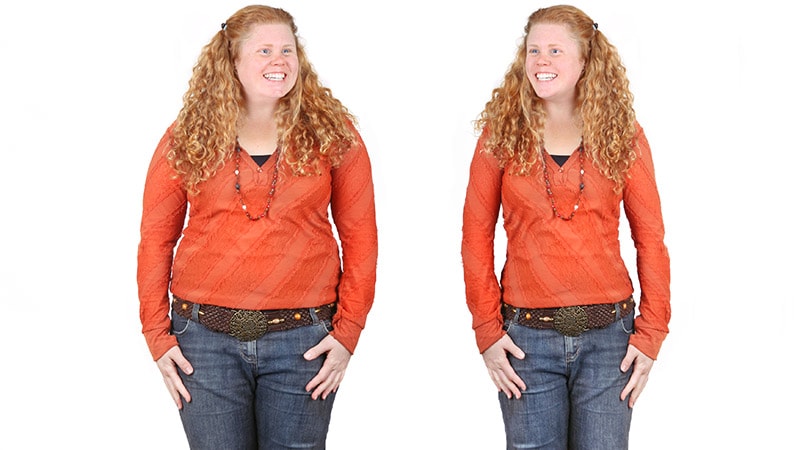Takeaway
- Hypoglycaemia episodes continue to represent a substantial burden for people with type 2 diabetes mellitus (T2DM) treated in primary care.
- Treatment with sulfonylureas and insulin are both associated with a risk of reported non-severe hypoglycaemia; however, the incidence of severe hypoglycaemia is lower with sulfonylureas.
Why this matters
- Finding adds support to the continued importance of sulfonylureas use as a possible therapy of choice in appropriate patients with T2DM.
Study design
- This prospective study was conducted in the UK primary care setting between 2012 and 2016 and recruited participants via volunteer general practices based on treatment regimen (n=325).
- Participants prospectively self-recorded data on blood glucose in a monthly diary and hypoglycaemic episodes using a study-specific form during a 12-month period.
- Funding: Primary Care Diabetes Society.
Key results
- Overall 39.2% of participants experienced ≥1 hypoglycaemia episode (92% experienced ≥1 non-severe episode, 17% ≥1 severe and 53% ≥1 nocturnal episode).
- Hypogylcaemia incidence ranged from 4.39 for insulin, 2.34 sulfonylurea, 0.76 metformin and 0.56 incretin-based.
- Risk for non-severe hypoglycaemia was significantly higher for both sulfonylurea (incidence rate ratio [IRR], 3.09; 95% CI, 1.83-5.21; P<.001) and insulin (IRR, 5.79; 95% CI, 3.44-9.74; P<.001) compared with metformin.
- Risk for nocturnal episodes was substantially higher for both sulfonylurea (IRR, 2.67; 95% CI, 1.13-6.28; P=.025) and insulin vs metformin (IRR, 7.48; 95% CI, 3.29-17.0; P<.001).
- For severe episodes, the incidence was similar for metformin, incretin-based and sulfonylurea (0.07, 0.07 and 0.09, respectively)
- Risk for severe episode was significantly higher with insulin vs metformin (incidence rate, 0.32; IRR, 4.55; 95% CI, 1.28-16.20; P=.019).
Limitations
- Sodium-glucose co-transporter 2 inhibitors not included as they were not licenced for use in the United Kingdom until after the study had commenced.
- Selection bias.
References
References



